Lisa Knopp - What the River Carries: Encounters with the Mississippi, Missouri, and Platte
Here you can read online Lisa Knopp - What the River Carries: Encounters with the Mississippi, Missouri, and Platte full text of the book (entire story) in english for free. Download pdf and epub, get meaning, cover and reviews about this ebook. year: 2012, publisher: University of Missouri Press, genre: Politics. Description of the work, (preface) as well as reviews are available. Best literature library LitArk.com created for fans of good reading and offers a wide selection of genres:
Romance novel
Science fiction
Adventure
Detective
Science
History
Home and family
Prose
Art
Politics
Computer
Non-fiction
Religion
Business
Children
Humor
Choose a favorite category and find really read worthwhile books. Enjoy immersion in the world of imagination, feel the emotions of the characters or learn something new for yourself, make an fascinating discovery.
- Book:What the River Carries: Encounters with the Mississippi, Missouri, and Platte
- Author:
- Publisher:University of Missouri Press
- Genre:
- Year:2012
- Rating:5 / 5
- Favourites:Add to favourites
- Your mark:
What the River Carries: Encounters with the Mississippi, Missouri, and Platte: summary, description and annotation
We offer to read an annotation, description, summary or preface (depends on what the author of the book "What the River Carries: Encounters with the Mississippi, Missouri, and Platte" wrote himself). If you haven't found the necessary information about the book — write in the comments, we will try to find it.
In this informed and lyrical collection of interwoven essays, Lisa Knopp explores the physical and cultural geography of the Mississippi, Missouri, and Platte, rivers she has come to understand and cherish. At the same time, she contemplates how people experience landscape, identifying three primary roles of environmental perception: the insider, the outsider, and the outsider seeking to become an insider. Viewing the waterways through these approaches, she searches for knowledge and meaning.
Because Knopp was born and raised just a few blocks away, she considers the Mississippi from the perspective of a native resident, a dweller in the land. She revisits places she has long known: Nauvoo, Illinois, the site of two nineteenth-century utopias, one Mormon, one Icarian; Muscatine, Iowa, once the worlds largest manufacturer of pearl (mussel shell) buttons; and the mysterious prehistoric bird- and bear-shaped effigy mounds of northeastern Iowa. On a downriver trip between the Twin Cities and St. Louis, she meditates on what can be found in Mississippi river waterstate lines, dissolved oxygen, smallmouth bass, corpses, family history, wrecked steamboats, mayfly nymphs, toxic perfluorinated chemicals, philosophies.
Knopp first encountered the Missouri as a tourist and became acquainted with it through literary and historical documents, as well as stories told by longtime residents. Her journey includes stops at Fort Bellefontaine, where Lewis and Clark first slept on their sojourn to the Pacific; Little Dixie, Missouris slaveholding, hemp-growing region, as revealed through the life of Jesse Jamess mother; Fort Randall Dam and Lake Francis Case, the construction of which destroyed White Swan on the Yankton Sioux Reservation; and places that produced unique musical responses to the river, including Native American courting flutes, indie rock, Missouri River valley fiddling, Prohibition-era jazz jam sessions, and German folk music.
Knopps relationship with the Platte is marked by intentionality: she settled nearby and chose to develop deep and lasting connections over twenty years residence. On this adventure, she ponders the half-million sandhill cranes that pass through Nebraska each spring, the ancient varieties of Pawnee corn growing at the Great Platte River Road Archway Monument, a never-broken tract of tallgrass prairie, the sugar beet industry, and the changes in the river brought about by the demands of irrigation.
In the final essay, Knopp undertakes the science of river meanders, consecutive loops of water moving in opposite directions, which form around obstacles but also develop in the absence of them. What initiates the turning that results in a meander remains a mystery. Such is the subtle and interior process of knowing and loving a place. What the River Carries asks readers to consider their own relationships with landscape and how one can most meaningfully and responsibly dwell on the earths surface.
Lisa Knopp: author's other books
Who wrote What the River Carries: Encounters with the Mississippi, Missouri, and Platte? Find out the surname, the name of the author of the book and a list of all author's works by series.

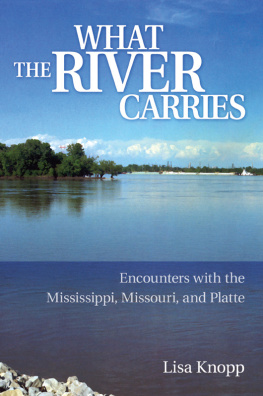
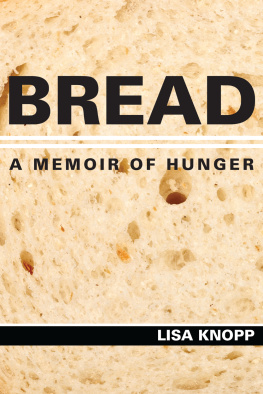

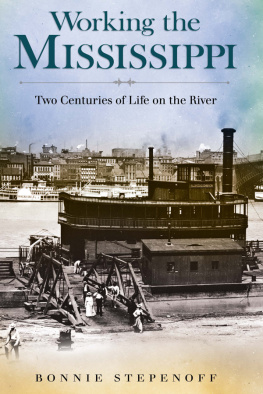
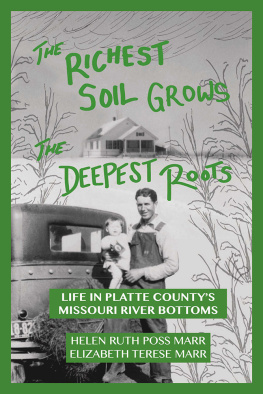
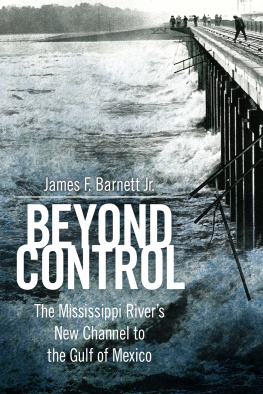




 This paper meets the requirements of the
This paper meets the requirements of the